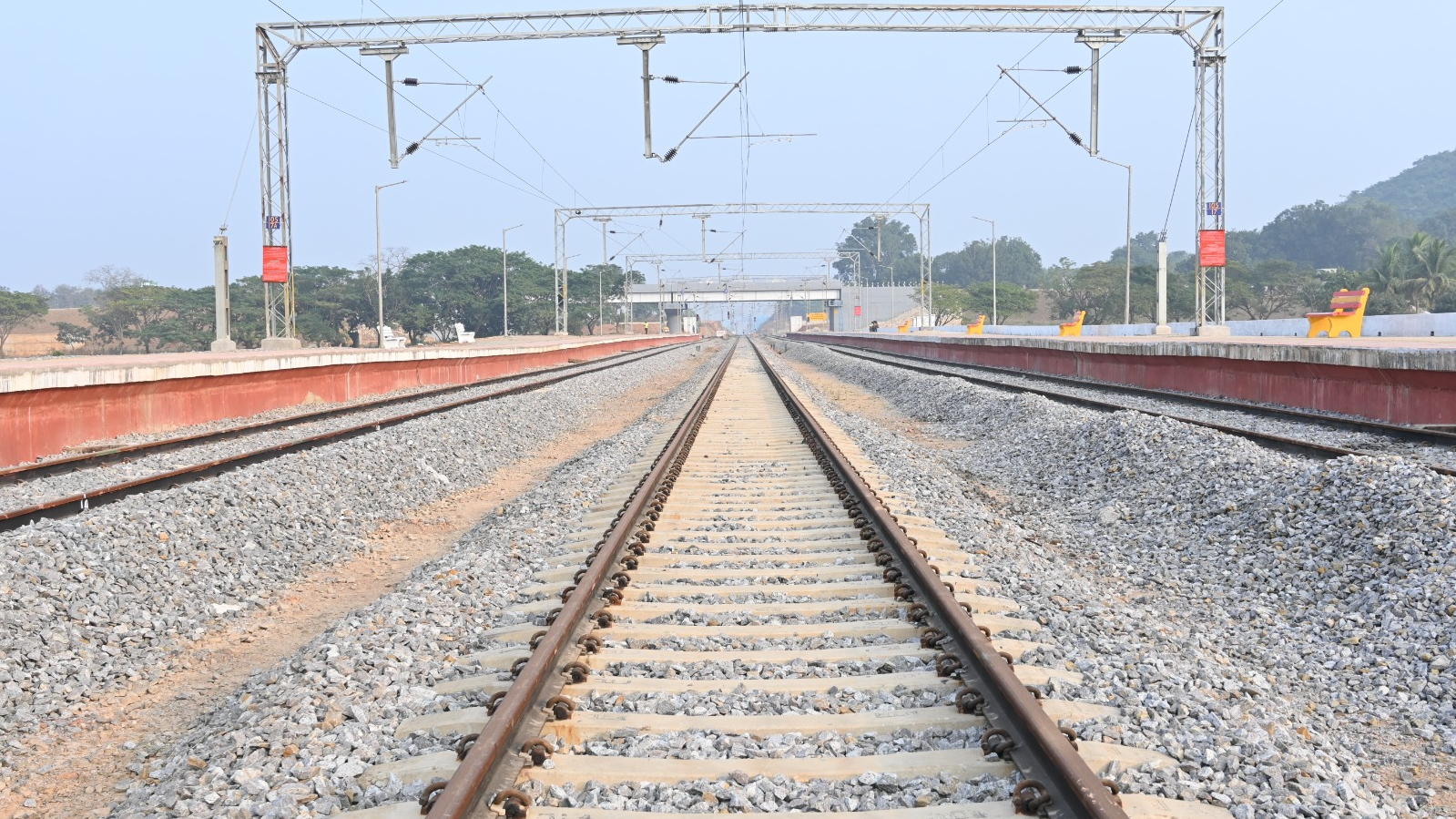Tuhina Sahoo
Bhubaneswar, Sept 7: In the hustle and bustle of urban life, the Odisha Government initiated a visionary project—Ananda Ban, Bhubaneswar's largest urban forest—aiming to offer city dwellers a peaceful retreat into nature. Spanning an expansive 89.5 acres, this urban forest was designed to provide an adventurous escape, promising a jungle-like ambiance in the heart of the capital city. But months after its grand unveiling, is Ananda Ban living up to expectations?
Unveiled in March as Bhubaneswar's biggest ecological landscape, Ananda Ban has been promoted as a unique green space for both nature enthusiasts and adventure seekers. It was developed on what was once a barren stretch of revenue forest land, now transformed into a sprawling park with various facilities. Divided into two sections connected by a footbridge, the park encompasses 61.68 acres and 27.37 acres, respectively. Visitors are greeted with an array of features, including rock trails, water bodies, and over 12,000 trees planted using the Japanese Miyawaki technique to enhance biodiversity.
At first glance, the park appears to be a natural wonder within the city. It boasts 550 meters of rock trails, 1,000 meters of soil trails, and a 3,830-meter bicycle trail to attract fitness enthusiasts. There are also 32,750 square feet of water bodies, which aim to provide habitats for aquatic species, and various amenities meant to immerse visitors in a "jungle experience." But for many, the reality has been far from what was promised
The Visitor's Perspective
The promise of an urban jungle that would help people reconnect with nature has left some visitors feeling underwhelmed. Despite the scale and ambition behind Ananda Ban, several visitors noted that their experiences did not meet their expectations.
Stuti Mishra, an enthusiastic visitor, shared her thoughts: “I was excited to explore this large green space in the middle of the city, but the experience was disappointing. The natural vibe I expected was missing, and the place felt more like an underdeveloped farmhouse than a jungle retreat. The water bodies were dirty, and overall, it lacked the essence of nature that would draw people in.”
Similarly, Sikshya Das, another visitor, voiced her concerns about the park’s infrastructure: “I’ve been here twice, but the park’s layout makes it difficult to explore the full area. For such a large space, there should be some sort of transportation or vehicle service. It doesn’t feel like a jungle tour, just a dense forest within a boundary. If they introduced birds or eco-friendly animals, it might feel more connected to nature.”
The Government's Vision
Despite these criticisms, the government’s vision for Ananda Ban was ambitious. The park’s rock, soil, and waterbody trails were designed to offer a holistic nature experience, with the Japanese Miyawaki plantations preserving biodiversity in an innovative way. The goal was to create a unique space that would serve as a natural sanctuary for city dwellers.
In defense of the project, officials explained that Ananda Ban was intended to be a work in progress. They pointed out that the idea behind the park was not just to create a green space, but to establish a long-term ecological landscape that would evolve over time. With its initial stages completed, further development is expected to enhance the visitor experience.
Moving Forward: A Work in Progress
While Ananda Ban holds great potential as a nature retreat, it is clear that more development is needed to meet the expectations of visitors. The initial steps have been taken, but improvements like better maintenance of water bodies, more diverse wildlife, and additional transportation options could elevate the park’s status as a true urban jungle.
As Bhubaneswar’s largest ecological landscape, Ananda Bana has the opportunity to become a celebrated retreat for those seeking peace and adventure in the midst of city life. For now, it remains a promising project with room for growth.



















































